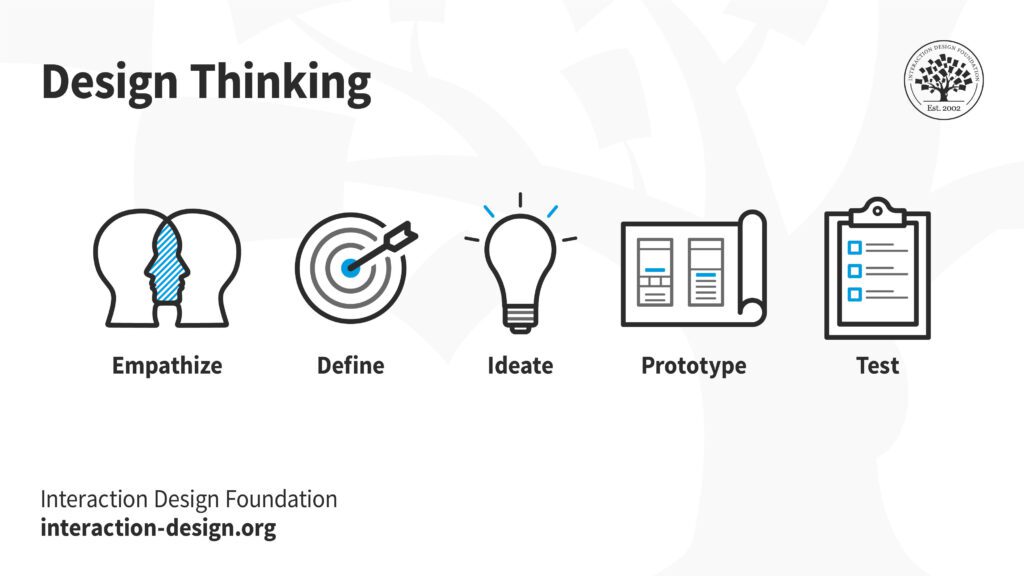Creating a successful video game requires understanding the principles of game design, the stages of game development, and best practices in the industry. The fundamental elements of game design include the game concept, game mechanics, gameplay, story, visual design, and user experience. Game development requires clear communication, iterative design, testing, quality assurance, and staying on schedule. Best practices include effective planning, choosing the right game engine, extensive playtesting, and prioritizing a fantastic user experience. With these principles and practices, game developers can create successful games that entertain players and generate revenue.
Understanding the Fundamentals of Game Design: Principles and Best Practices
Game development is an exciting and rapidly growing industry, with huge potential for revenue and creative expression. But creating a video game from scratch is not an easy feat. It requires an enormous amount of effort, resources, and expertise. To develop a successful game, developers must know the principles of game design, the stages of game development, and the best practices of the industry.
In this article, we will explore the essential elements of game design, the principles of game development, and the best practices of creating a game. We will also provide practical tips and insights that will help you create a successful game. So, let’s jump in!
The Fundamentals of Game Design
Game design is the art of creating interactive experiences that engage and entertain players. The following are the fundamental elements of game design:
Game Concept – Every game begins with an idea or concept. Game designers must have a clear understanding of their target audience, what kind of game they want to create, and how they will differentiate it from other games on the market.
Game Mechanics – These are the rules, systems, and procedures that define how the game works. The mechanics determine the goals of the game, the actions that players can take, and the rewards they receive.
Gameplay – Gameplay refers to the player’s experience of the game. It includes the interaction between the player and the game world, the challenges they face, and the satisfaction they get from completing tasks.
Story- The majority of games have (or should have) some kind of story, whether it’s a grand narrative or a small set of objectives. It’s a great avenue for creating an immersive experience for players, and it helps set the mood, tone, and theme of the game.
Visual Design – Visual design includes the graphics, art, sound, and animation of the game. It creates the world and atmosphere in which players will immerse themselves.
User Experience – User experience includes how easy the game’s interface is for players to use, accessibility, and intuitiveness.
The Principles of Game Development
Game development is an intricate process that requires skill, precision, and teamwork. The following principles of game development are essential for creating a successful game:
Clear Communication – Communication is key to game development. It’s essential that everyone involved in the project understands the game’s goals and objectives, what their specific roles are, and how they will work together to achieve them.
Iterative Design – It’s rare that any game turns out perfect on the first try. Teams often take iterative approach, meaning they slowly improve various aspects of the game through testing and feedback.
Testing and Quality Assurance- Game development teams must invest ample time with testing and quality assurance to find and address bugs and other issues that can affect gameplay.
Staying on Schedule – Meeting deadlines is critical when creating games. Delays often lead to additional costs and a higher chance of the game being irrelevant by the time it’s released.
Best Practices for Creating a Successful Game
Creating a successful game takes time, effort, and tons of money. However, following the industry’s best practices can help you create a successful game while avoiding common pitfalls. Here are some best practices to consider:
Plan Ahead – Effective planning is critical to the success of any project. Teams should plan the game roadmap and keep the work structured to avoid wasted time, resources and immense stress.
Choose the Right Game Engine- A game engine is a software framework that simplifies game development by providing many of the necessary tools and technologies. Developers should research engines that are most suited to their project needs.
Playtest Thoroughly – Playtesting with real users help identify issues with gameplay and user experience.
Prioritize User Experience – A fantastic user experience should be a top priority to create a successful game your players love.
Final Thoughts
Game development is a dynamic and rewarding industry that brings entertainment to people worldwide. By understanding the principles and best practices of game design, teams can create successful games that entertain players, build brand awareness, and generate revenue. With proper planning, teamwork, iterative design, testing and quality assurance, and a focus on user experience, you can build successful games that players will enjoy for years to come.
